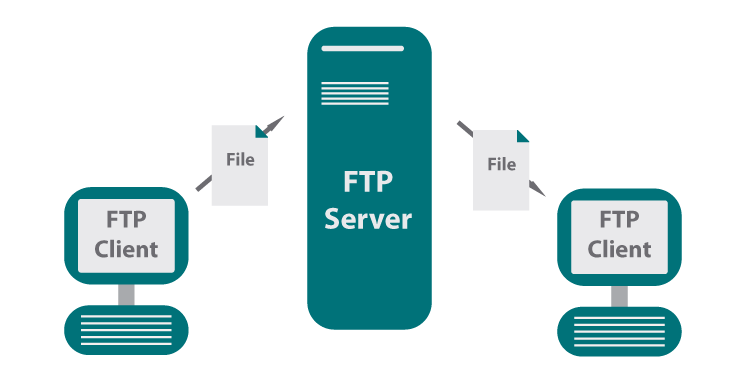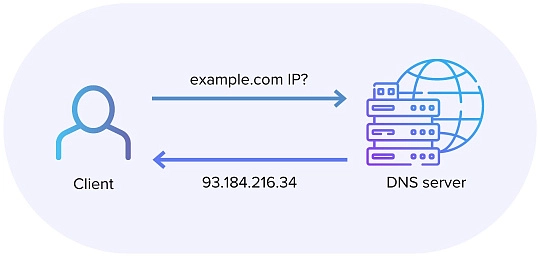As we begin our computer science adventure, we encounter some fascinating terms used in web development and computer science, especially when it comes to how computers connect. Here are some quick explanations with fun analogies to help us understand.
HTTP - Hyper Text Transfer Protocol-

HTTP stands for Hypertext Transfer Protocol. It's like the language computers use to talk to each other over the web. When you visit a website, your browser uses HTTP to request the site's pages from a server, and the server sends them back to your browser.
Hypertext is like a special kind of text that links to other text or content, allowing you to easily jump from one piece of information to another.
Transfer is a key part of how data moves from one place to another on the internet.
Protocol is a set of rules that computers follow to communicate, similar to how people use a common language to understand each other, ensuring data is sent and received correctly between devices in web development.
A Fun Analogy To Understand HTTP - when you ask your mom to make aloo paratha for dinner, and she makes it for you.
Stateless -
In web development, "stateless" means each request from a client to a server is independent and doesn't rely on previous interactions.
A Fun Analogy To Understand Stateless - it's like ordering Butter Chicken every time as if it's your first order, without the restaurant remembering your preferences from last time.
TCP(Transmission Control Protocol)-

TCP stands for Transmission Control Protocol. It's a key part of how the internet works, making sure data gets from one place to another without any hiccups. Think of it as a reliable delivery service that ensures everything arrives in the right order and without errors. TCP keeps the connection steady and smooth, so data can be sent and received just right.
A Fun Analogy to Understand TCP - it's like receiving a package and then sending it back to the sender.
FTP(File Transfer Protocol)-

FTP stands for File Transfer Protocol. It is a method used to transfer files between computers over the Internet. Consider it as a means to move files from your computer to a server or vice versa, similar to sending a document to a colleague.
A Fun analogy to understand FTP -Like sharing your wedding photo album with different relatives
URL(Uniform Resource Locater)-

URL stands for Uniform Resource Locator. It is essentially the web address you type into your browser's address bar to visit a specific website or webpage. Consider it as the digital equivalent of a street address, providing precise directions to locate a particular resource on the internet. a URL guides your browser to the exact location of a webpage, ensuring you land on the right site. This makes it possible for users to easily access and navigate the vast amount of information available online.
A Fun Analogy to Understand URL - Your home address is unique information that helps others find your home and you.
DNS(Domain Name System)-

DNS stands for Domain Name System. It is a system that translates domain names, like example.com, into IP addresses, which are used by computers to identify each other on the network. Think of it as a phonebook for the internet, helping you find the right website by converting human-friendly names into numbers that computers understand.
A Fun Analogy to Understand DNS - It's like saving phone numbers with people's names so you can find the right number easily.
